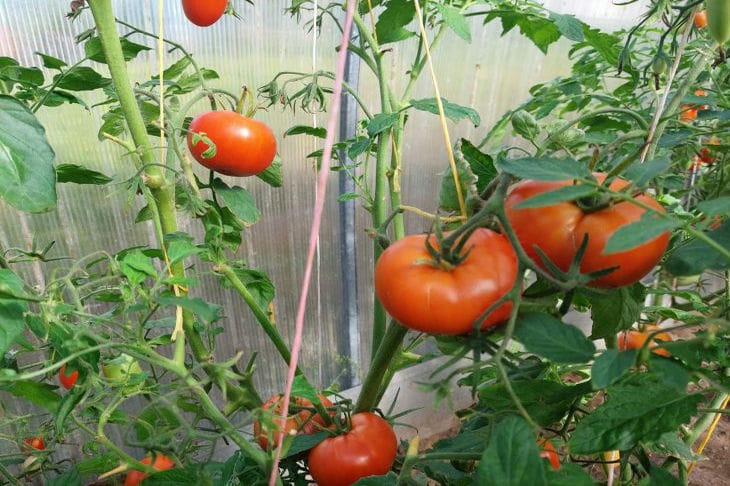Is it possible to water tomatoes with a hose: secrets of experienced gardeners for an ideal tomato harvest
Watering tomatoes is the most important aspect of caring for this popular crop.
Many gardeners wonder about the admissibility of using a hose to water tomatoes.
This method seems simple and effective, but not everything is so clear. Experienced gardeners share their observations and advice on the correct watering of tomatoes.
Features of the root system of tomatoes
To understand the correct approach to watering tomatoes, it is important to take into account the characteristics of their root system.
Tomatoes have a deep and branched root system, which can penetrate to a depth of 1.5-2 meters.

This means that plants are able to extract moisture from deep layers of soil, but also require thorough and proper watering for optimal development.
Benefits of Hose Watering
Watering tomatoes with a hose has a number of advantages. This method allows you to quickly and efficiently deliver the required amount of water to the plants, especially in large areas.
When used correctly, the hose ensures even distribution of moisture across the entire planting area, which promotes uniform plant growth.
Risks of watering with a hose
However, watering with a hose does come with its own risks. The strong stream of water can damage the tender stems and leaves of tomatoes and wash away nutrients from the soil.
In addition, if you water incorrectly from a hose, water can get on the leaves of plants, which increases the risk of developing fungal diseases.
Correct watering technique
When using a hose to water tomatoes, it is important to use proper technique.
It is recommended to direct the stream of water under the root of the plant, avoiding water getting on the leaves and stems. It is best to use spray nozzles that provide soft and uniform watering.
Frequency and volume of watering
The frequency and amount of watering depend on many factors, including climate, soil type, and the stage of plant development. In general, tomatoes need regular but moderate watering.
Overwatering the soil can lead to root rot and disease.
The optimal time for watering is once every 3-4 days, with the soil being soaked to a depth of 20-30 cm.
Alternative irrigation methods
Besides watering with a hose, there are other effective methods.
Drip irrigation is considered one of the best methods for tomatoes, as it provides constant and uniform soil moisture without the risk of damaging the plants. Using special irrigation systems with timers is also effective.
Watering time
The time of day for watering is also important. The best time is considered to be early morning or evening, when the sun is not so active.
This allows the water to be better absorbed into the soil and reduces the risk of leaf burn when water drops fall on them under direct sunlight.
Taking into account weather conditions
When watering tomatoes with a hose, it is important to take weather conditions into account.
In hot and dry weather, the frequency and volume of watering should be increased, while in cool and humid weather, watering can be reduced. It is important not to allow the soil to dry out, but also to avoid over-watering.
Mulching as a supplement to watering
To retain moisture in the soil and water the plants less often, you can use the mulching method. It involves creating a layer of special material around the plants.
This layer helps retain moisture, regulate soil temperature and prevent weed growth.
This is especially useful when watering with a hose, as it helps distribute the water evenly and prevent it from evaporating quickly.
